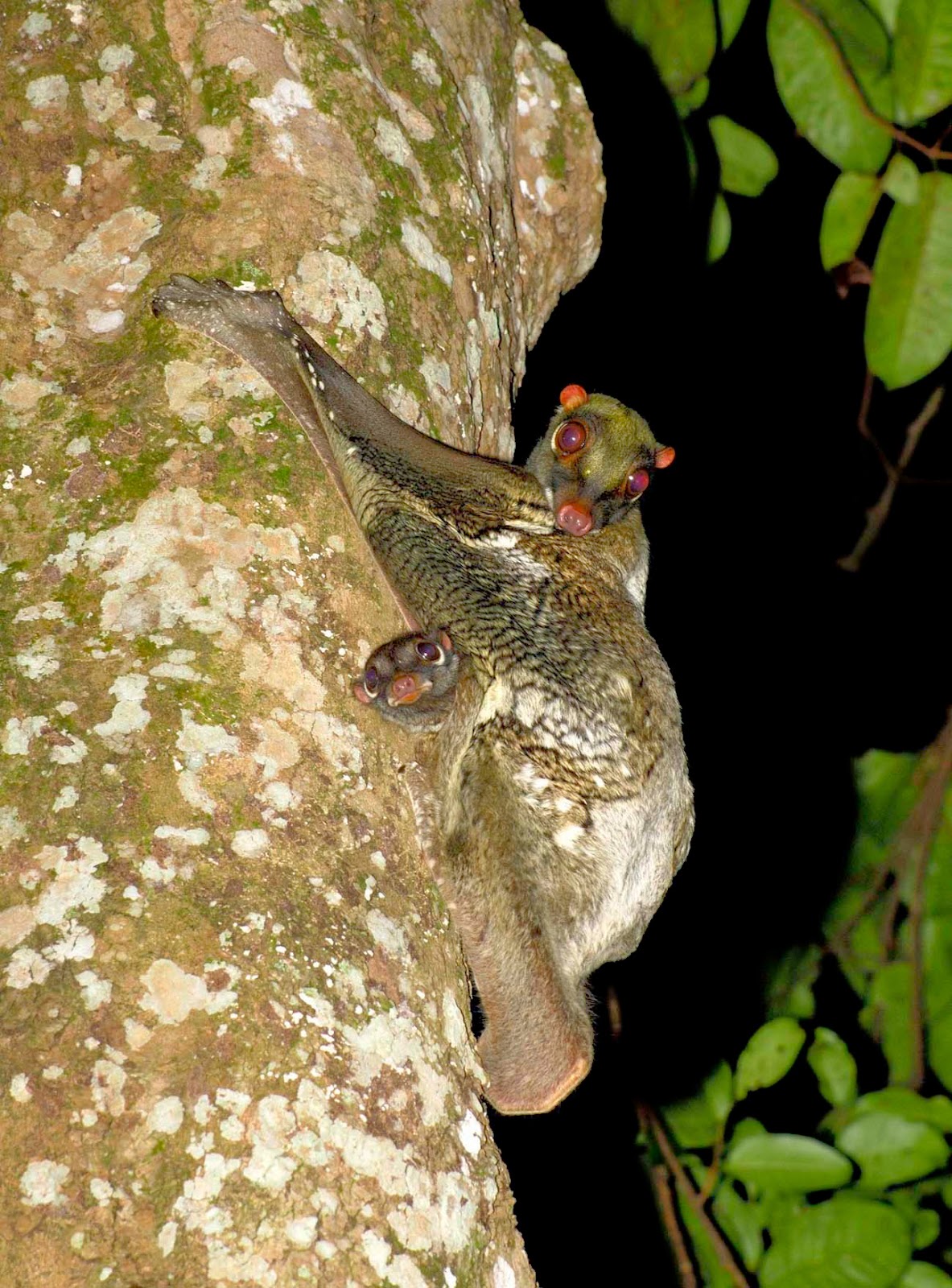The Sunda flying lemur is a fascinating and exotic animal that can be found in several Southeast Asian countries, including Indonesia, Thailand, Malaysia, and Singapore. Despite its name, this creature does not possess the ability to fly. Instead, it relies on a unique adaptation to move from tree to tree: a wide membrane that connects its limbs.

This membrane, which is called a patagium, allows the Sunda flying lemur to glide gracefully through the air. By launching itself from one tree and using its limbs and patagium to steer, the animal can cover impressive distances of up to 100 meters without ever touching the ground.
The Sunda flying lemur’s patagium is not only an efficient means of transport, but it also serves as a source of protection. When the animal is at rest, the patagium wraps around its body like a cape, shielding it from the elements and potential predators.

Despite being called a “lemur,” the Sunda flying lemur is not actually related to the primates that share the same name. Instead, it belongs to a group of mammals called colugos, which are arboreal and nocturnal. These creatures have large eyes and excellent hearing, which allow them to navigate through the dense forests where they live.

The Sunda flying lemur’s diet consists mainly of fruit and young shoots. This makes them important seed dispersers, helping to maintain the diversity of plant life in their ecosystems. They also play a crucial role in the food chain, serving as prey for larger predators such as snakes and birds of prey.
